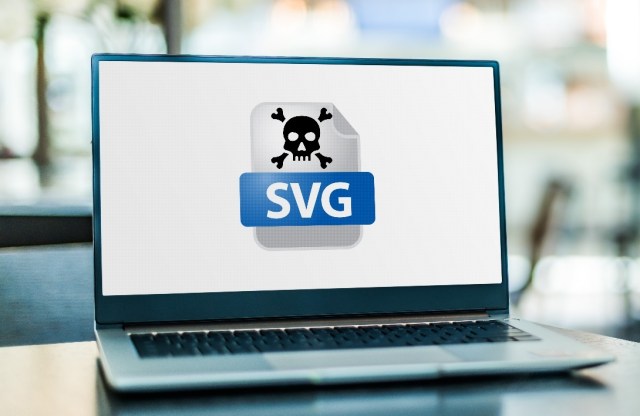Phishing attacks have taken a more sophisticated turn with the increased use of SVG file attachments in email messages by cybercriminals. These attacks bypass traditional anti-spam and anti-phishing detection methods, posing a significant threat to unsuspecting targets.
SVG files, which are used for scalable vector graphics, appear harmless at first glance. However, they can open in a browser and execute various types of web content, including scripts and anchor tags. This feature has been exploited by threat actors to embed phishing links within SVG files, presenting a new challenge for cybersecurity experts.
When a user opens an email attachment containing an SVG file, their browser renders the file alongside any active content it may contain. This content often includes malicious anchor tags that lead to phishing pages designed to trick users into disclosing sensitive information such as login credentials.
These phishing attacks use social engineering tactics to lure victims into interacting with the malicious content. Emails often claim to contain important documents or messages that require immediate action, such as signing a contract or accessing a voicemail. Brands like DocuSign, Microsoft SharePoint, and Dropbox are commonly impersonated to add credibility to the phishing attempts.
The phishing pages loaded through SVG files are hosted on attacker-controlled domains and are designed to mimic legitimate websites like Microsoft Office 365 login pages. By collecting user credentials, cybercriminals gain unauthorized access to sensitive information, potentially causing severe data breaches and financial losses.
Security researchers have identified several indicators of compromise associated with these phishing attacks. Detection signatures have been developed to identify and block malicious SVG attachments in email and web traffic. Additionally, users can take precautions by configuring their systems to open SVG files in a text editor instead of a browser by default.
By remaining vigilant and scrutinizing suspicious email content, users can protect themselves from falling victim to these sophisticated phishing attacks. Cybersecurity experts continue to monitor and analyze new threat vectors to develop effective defense mechanisms against evolving cyber threats.


